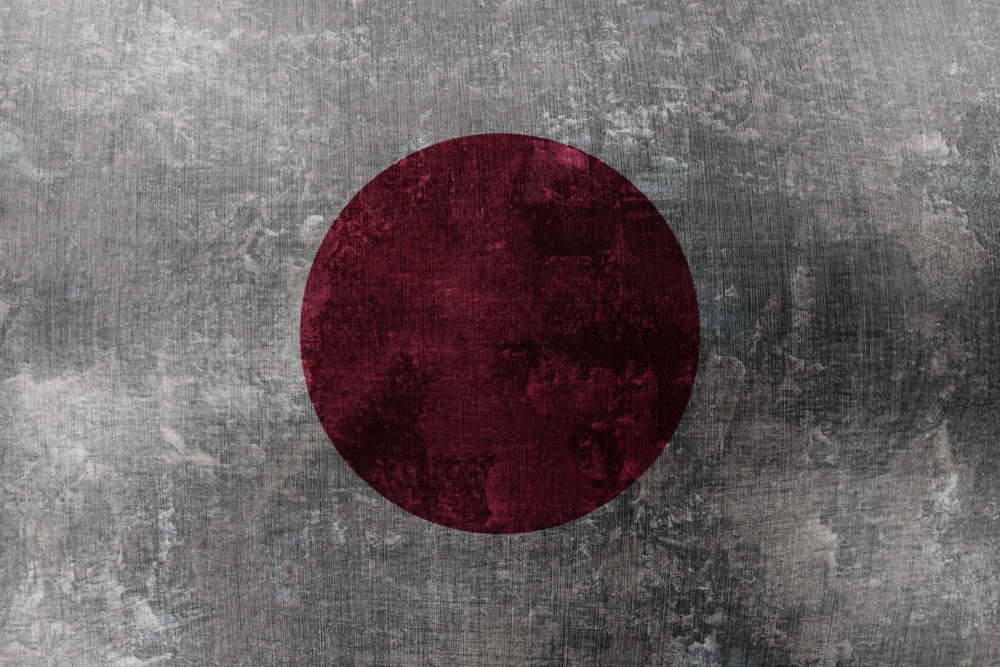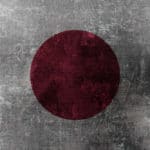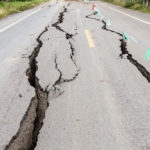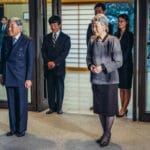Japan might break out of decades of pacifism

The thinking among Japan’s deeply conservative leadership is that it’s time to break out of decades of pacifism since the disaster of World War II. The transition has been creeping up with the rising GNP, now above $5 trillion a year. That’s well behind China’s GNP of $15 trillion and the U.S. GNP of more than $22 trillion this year, but Japan’s relatively small Self-Defense Forces (SDF) of 250,00 troops in all services now rank among the world’s strongest.
Prime Minister Fumio Kishida, announcing the breakthrough, called the $320 billion, five-year plan Japan’s answer to the country’s “security challenges.” A retired admiral predicted the euphemistically named “Ground, Air and Maritime Self-Defense Forces” would become “world-class.” Given the skills of Japanese manufacturers, engineers and technicians and the dedication of its members, the SDF undoubtedly fits that description already.
Now, however, the SDF is planning to grow exponentially. American defense contractors would get a chunk of the investment. The Japanese have decided to import several hundred Tomahawk missiles from Raytheon at a cost of $1.2 million apiece. A Tomahawk has a range of 1,000 miles, enough to hit targets anywhere in North Korea and much of northeastern China.
Japan also is acquiring 147 F35 fighters at $100 million a plane, probably the biggest-ticket item. Throw in orders of Osprey helicopters, the kind that fly like a propeller-driven plane but take off and land vertically, add any number of drones, include satellite technology, and pretty soon the Japanese will have what may be the world’s most sophisticated military force after the U.S. — even if they’re dwarfed numerically by China’s 2.7 million troops and North Korea’s 1.2 million.
The Japanese, though, are not going to settle for buying all that high-tech, super-advanced stuff from the Americans. They are working furiously to develop their own intercontinental ballistic missiles capable of reaching targets deep in the Eurasian landmass, including all of China and much of Russia. And they are also developing their next-generation fighter planes, working with the British and Italians, not just the Americans, who balk at revealing all the wizardry inside their products.
Given Japan’s record in emerging as the world’s leading manufacturer of motor vehicles and much else in the two or three decades after surrendering in August 1945, the Japanese are more than capable of fabricating anything, given time for reverse engineering to figure it out. Much of the spurt in investment presumably covers research and development.
But the Japanese need to do much more if they’re to burst out of the cocoon of the alliance with the United States and stage a renaissance of military power.
Kishida neglected to mention that Japan’s Self-Defense Forces will have to grow by a few hundred thousand troops in a recruiting drive that may not be all that popular. Also, the SDF should get over cultural mores against women. As of now, women make up 6 percent of the SDF, compared with 17 percent of U.S. armed forces. Basically, women in Japan are still not viewed as fit for taking on mortal foes in a society where college graduates tend to serve as “office ladies” before disappearing into marriage.
Moreover, if Japan is to cast a deep and long shadow again as a military power, bureaucrats and politicians will have to get around Article 9 of the “Peace Constitution” adopted during the era of American occupation under Gen. Douglas MacArthur.
The message could not be clearer. “The Japanese people forever renounce war as a sovereign right of the nation and the threat or use of force as means of settling international dispute,” go the immortal words, and “land, sea, and air forces, as well as other war potential, will never be maintained.” To which it adds, “The right of belligerency of the state will not be recognized.”
The term “Self-Defense Forces” was adopted nearly 70 years ago to cover Japan’s rebirth as a military power. For sure the Japanese will devise more rationalizations for getting around Article 9. The right to strike first, rather than wait for the enemy to strike, should mark a milestone.
Anti-war pressure, however, remains a powerful force. A majority still subscribe to Article 9. For Japan to change directions, China or Russia, whose war planes have intruded into the air defense identification zones of Japan and South Korea, would have to strike first.
A Chinese attack on Taiwan might be what it takes to trigger revision of the article. Of course, so would a North Korean missile strike, nuclear or not. North Korea has test-fired hypersonic missiles high over Japanese territory, one reason for expanding the defense budget. Heaven forbid one should happen to land on Japanese soil.
The ultimate shift would be for Japan to go nuclear — that is, to adopt its own nuclear weapons instead of relying on the “nuclear umbrella” of U.S. bombers on the southern Japanese island prefecture of Okinawa or on ships based at Yokosuka, south of Tokyo. Protests in Okinawa against the Americans show the problems Japanese leaders face in dealing with the American military presence, much less expanding their own forces.
As long as North Korea’s Kim Jong Un threatens tactical nuclear strikes, Japan may be expected to develop its own nukes, regardless of memories of the horrors of the atom-bombing of Hiroshima and Nagasaki in August 1945. The nuclear issue is an element not covered in the fast-rising defense budget — at least, not yet.
Source: thehill.com









